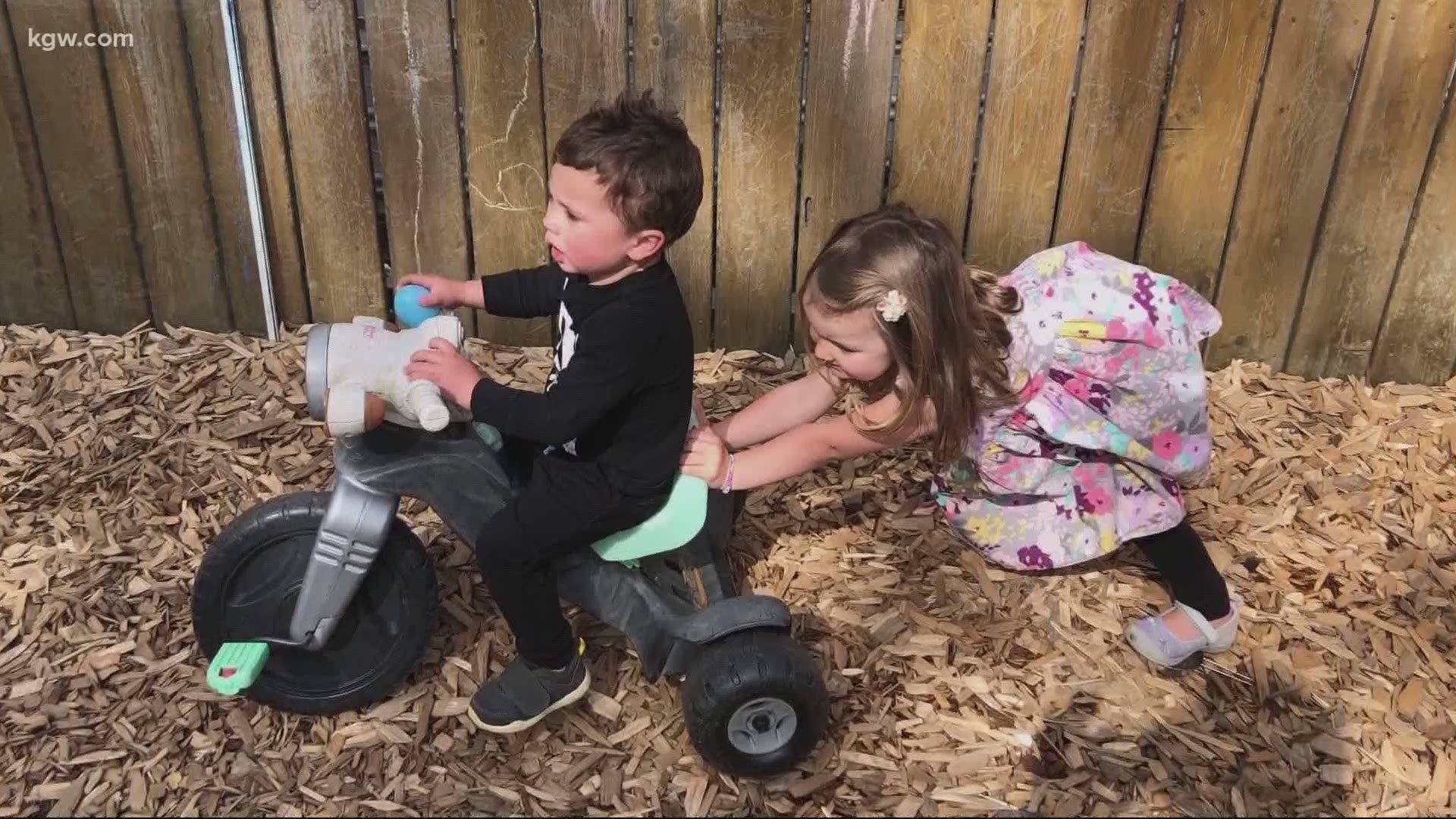PORTLAND, Ore — As part of the state's slow, phased reopening Oregon, Gov. Kate Brown released statewide standards for the child care sector on Wednesday.
The specific guidance for expanding child care operations goes into effect Friday, May 15, and expands emergency child care across the state for parents going back to work.
However, much of the guidance is similar to what the state previously directed the child care sector to do under its emergency temporary child care rules established in March.
Since the beginning of the coronavirus crisis in Oregon, Gov. Brown's executive order required all licensed child care facilities to either close or apply with the Office of Child Care (OCC) to stay open and offer emergency child care to children of first responders, emergency workers, health care professionals and other essential workers who can't work from home. It applied to other early learning programs as well.
Child care has had had to meet certain requirements including limiting all group sizes to 10 or fewer children and prioritize child care for certain categories of essential workers. Most facilities are still in operation under those requirements, but many others closed.
Starting Friday, the state is expanding emergency child care with new health and safety guidelines and more flexibility, so parents that have to go back to work can have access to child care. Licensed child care and programs are still required to get approval from the OCC to operate as emergency child care.
The new rules say child care providers must still prioritize care for the children of essential workers. With more parents heading back to the office within the next few weeks, providers can now serve all families who return to work in the state's phased reopening.
The rules keep the same child-to-adult ratios the state previously required, based on age. Child care facilities have had to limit all "stable" group sizes to 10 or fewer children, meaning the same 10 or fewer kids and staff are in the same group every day and in the same physical space.
But the new rules relax the grouping requirements a bit and give providers the option to allow some families to "swap" slots between days. But there can't be any more than 12 children in a stable group.
Still, only one stable group of kids are allowed in shared spaces, such as bathrooms, outdoor play areas or eating areas, at one time.
To help with "contact tracing of cases if necessary," child care facilities are now required to keep track of families daily and log when kids come and go and who's picking up and dropping them off.
Providers must also sanitize any high-touch surfaces or areas between morning and afternoon classes that use the same space. They are also required to stagger arrival and drop-off times or implement other rules to limit contact between families and with staff.
Child care staff can wear face coverings "if they choose" but workers who float between groups or conduct daily health checks are required to wear face coverings.

